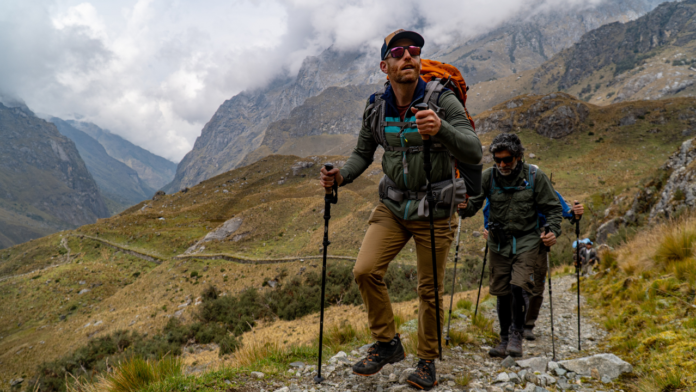Bueno! I'm currently in the midst of a month-long international trekking trip in Peru, doing some filming for the TV show Epic Trails. While I'm here, the mission is to complete three stunning treks. I thought this would be a good opportunity to walk through how to plan and execute an international trek. Checking off this kind of bucket-list adventure is not as complicated as you might think. Here are some tips to help you make it happen.
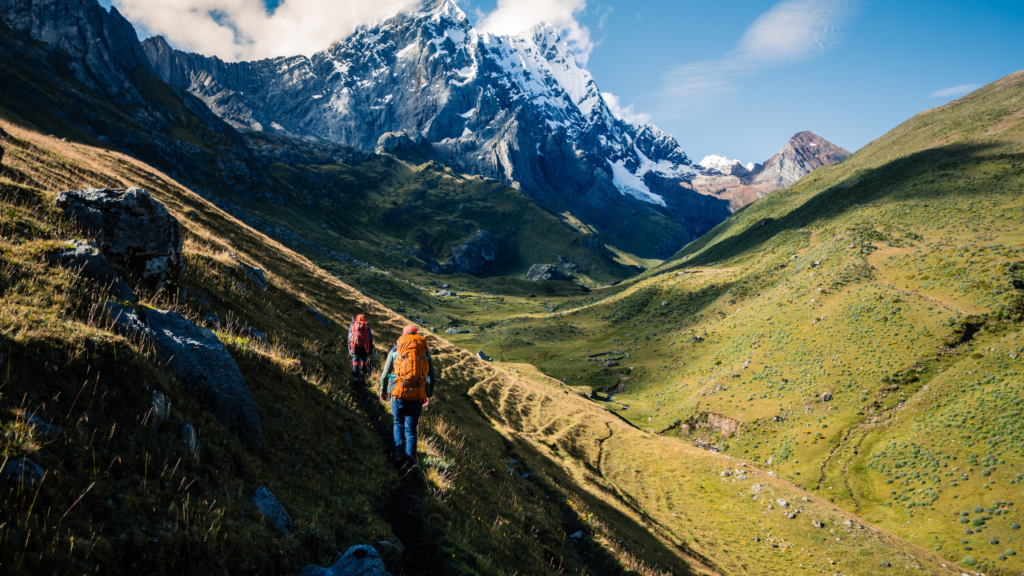
How to acclimatize to high altitude
Many enticing hikes around the world are at high altitudes. For example, the ones I'm doing in Peru are between about 10,000 to 15,000 feet-above-sea-level. I flew in from a much lower elevation. I made sure to block off a few days in a little spot called Chachapoyas, which sits at about 8,000 feet.
Chill out up high
It's important to allow yourself at least a bit of time to adjust to the new setting. Chill out, go for some easy walks around town, and just breathe in that fresh, but thin, mountain air. This extra time is also beneficial for shaking off any jet lag / standard travel fatigue. Spending time in town is good for appreciating the new food, culture, and routines while becoming acclimatized.
Don't just jump right in
Jumping straight into an intensive hike in a foreign environment can be a big shock to the system and might take you out of the game early. I learned this lesson the hard way during a previous expedition. Never again.
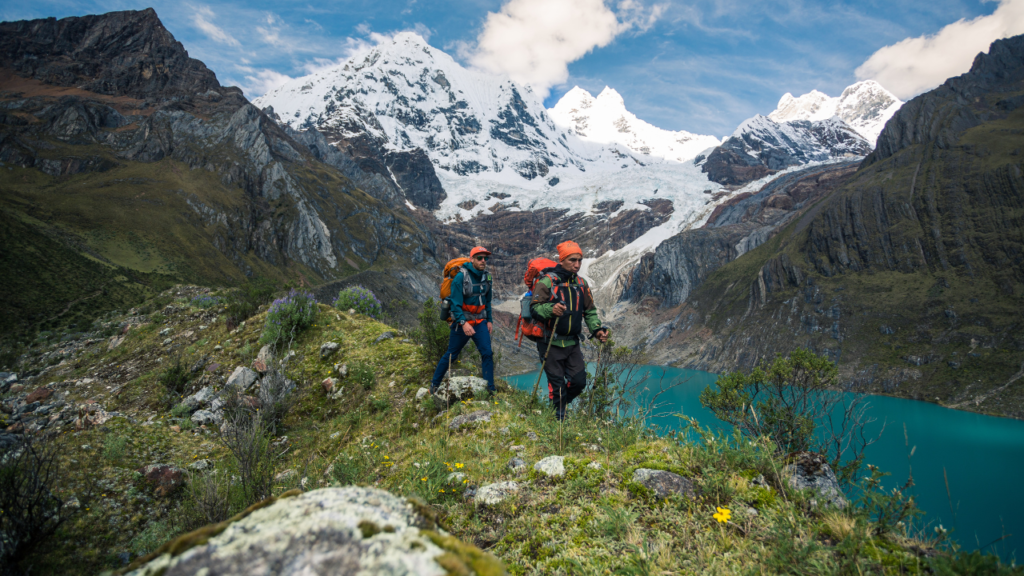
What's the difference between international trekking and backpacking?
international trekking is usually associated with having support. In my case, the three treks that I'm doing here in Peru are Huayhuash, one just outside Cusco (but not the Inca Trail), and another one in the Amazonas region. All three Peru treks will be done with the help of porters, guides, and general organizations. They take care of travel, food, setting up camp, and working through any barriers that might arise.
Downside is cost
The obvious downside is that this will be a more costly approach. However, in places like Asia and South America, you can find a range of options to suit your budget. There are usually bare-bones levels that will still work for shoe-string travelers.
Backpacking is cheaper
Backpacking, on the other hand, is self-supported. This makes sense on more accessible hikes or in areas that you are personally more familiar with. You may still be able to stay in local shelters, inns, or rent gear locally. All of this, plus the logistics en route, will have to be sorted out if you are going backpacking self-supported internationally.
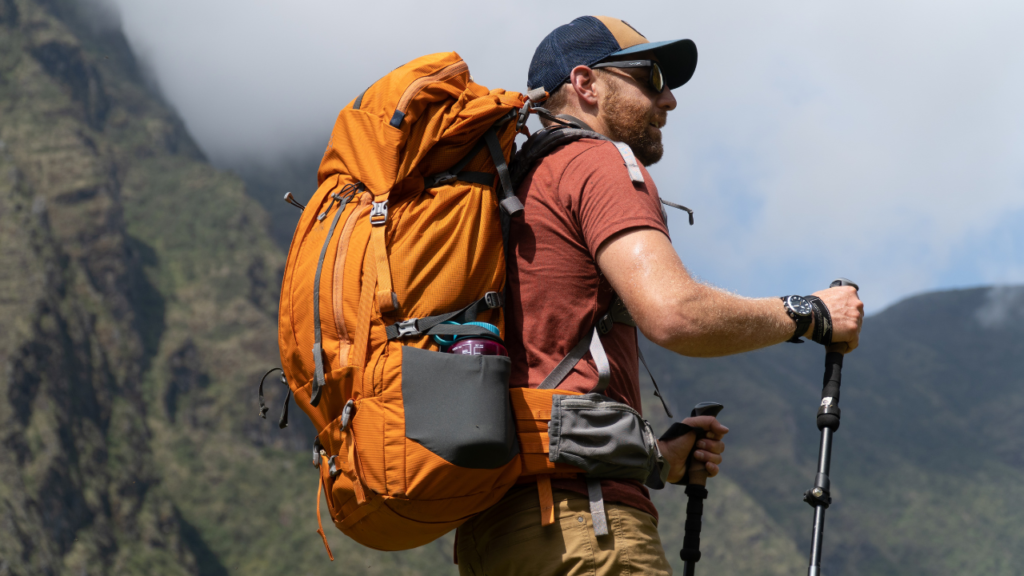
How do you organize an international trek? There are three basic ways.
All-inclusive international trekking tour booked online
First, you can book an all-inclusive tour online through a reputable company. If you're new to international trekking and you have a generous budget, this is the best way to kick-off these kinds of adventures. This approach will include things like:
1. Food, gear, lodging, transportation, etc.
2. Porters and horses/donkeys to carry all the equipment (you will usually just carry a day-pack).
3. Chefs to prepare excellent 3-course meals at camp.
4. English-speaking guides to help you learn about the trek/culture/history and navigate any uncertainties.
Naturally, this will be the most-expensive approach but it will also be the safest and least stressful style of trip.
Arrange the international trekking in the destination country
If you have a bit more free time and are a confident traveler then the second approach you can take is to arrange the trek when you arrive in the country through one of the local tourshops. These can be easily spotted around town by looking for pictures/posters of the country's highlights. It is also common for hostels to either have their own version of this or to be partnered with someone close by.
Avoid tedious logistics
This method is still a great way to pass off a lot of the tedious logistics. Plus the prices will be much lower compared to booking from home. There is room to barter even lower if you're savvy like that. I strolled down a street in Chachapoyas and found 4 different tour shops that organized all kinds of trips/treks, including the Huayhuash trek that I have coming up. There are always guides and buses ready to go so you can typically expect to pay for the trip one day, and leave the next.
Guides for backpacking
If your priority is pinching pennies but you still want some support, then you can go the unofficial route by hiring a local, but unaccredited guide. Here in Peru, these people are known as arrieros, which loosely means “horse-master”or “donkey-master.”
Arrieros will be able to take you through essentially the same trek while carrying your gear, but they generally don't speak English, so knowing a bit of the local language is a huge asset if you go down this road.
I myself have done it this way a number of times. It's a neat experience because it's basically just you and one other guy backpacking through the mountains. You should expect to provide him with food and cover any bus fares, or things of that nature. But even still, this is the cheapest way to tackle a major international trek.
Unsupported backpacking trip
And finally, you can opt to just go on an unsupported backpacking trip. As long as the trail you're aiming for doesn't require a guide (which is sometimes the case) then you can go through the same motions, only carrying all of your own gear, cooking your own meals, and handling all other components from start to finish. This approach is best suited to competent backpackers and confident travelers.
For the last two DIY methods, keep in mind that you might need to buy some of your camping gear, like fuel for cooking, on-site. Thankfully, in areas that offer these trekking tours, there are usually adventure shops that sell backpacking essentials, particularly the stuff that is difficult (or illegal) to travel with.
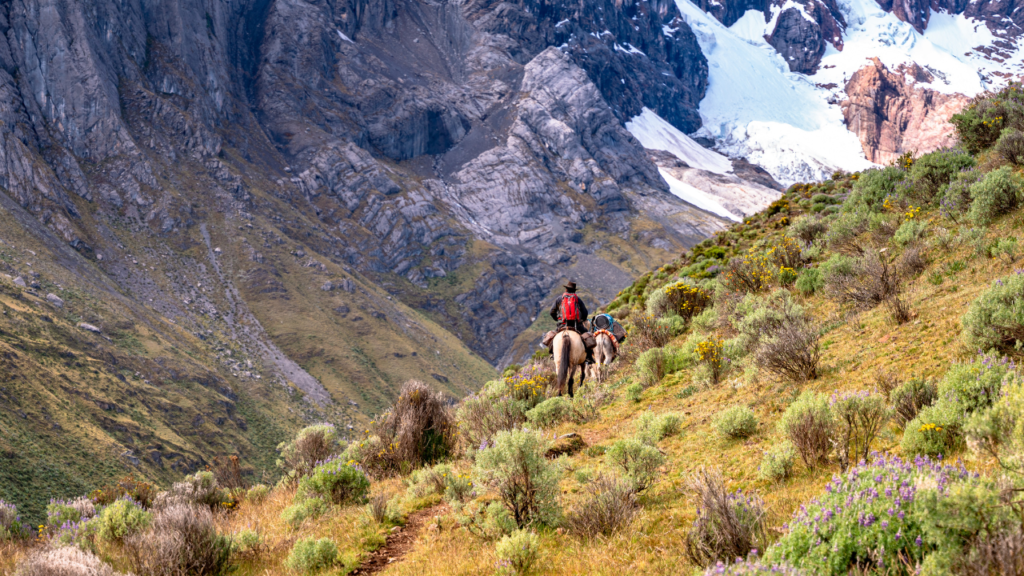
How do you get around in a foreign country?
If you go with the all-inclusive tour packages then this will all be handled. Not only will they pick you up from the airport and take you to your accommodation, but every step of the way, your transportation will be covered. You just show up where you need to be and the rest will be easy. But for all other traveling approaches you will be able to choose from a number of transit options, depending on your comfort level.
Taxis, hotels, hosts
Taxis are pretty much everywhere these days, but expect to pay more, especially from the airport. Many hotels also have shuttles that either run on a set schedule or can be arranged in advance. Friendly AirBnB or guesthouse hosts sometimes offer to pick you up or take you where you need to go the next day. And then there are bus/train stations to work off of, or the super-cheap, informal collectivo or microbus approach. Just remember that with scrappier transportation, cash is king.
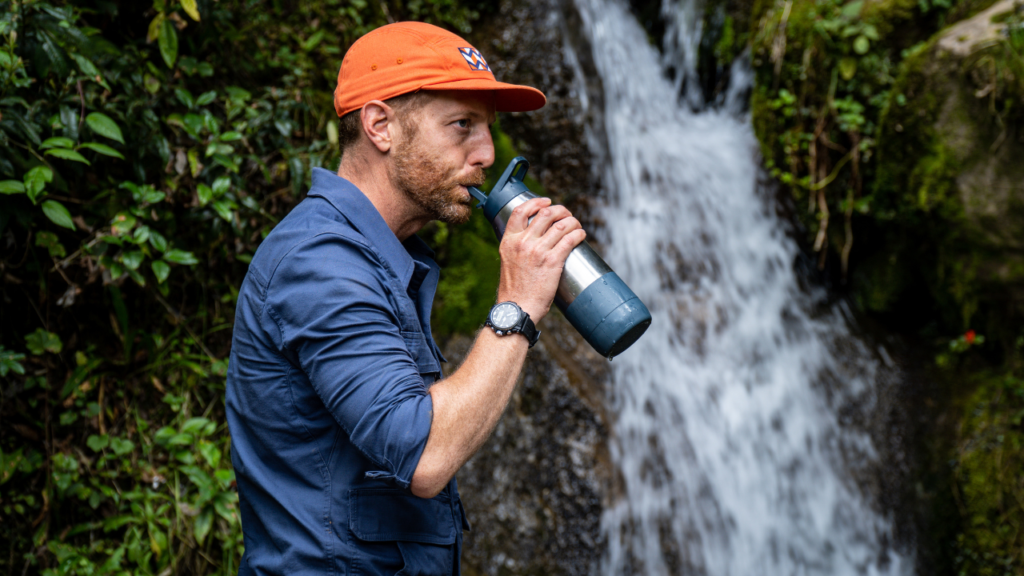
Why can't you drink water in foreign countries?
Sometimes you can, but it varies from place to place and so it doesn't hurt to play it on the safe side. You can check online or ask around locally, but oftentimes water sources throughout the world contain pollutants, contaminants, and viruses. Our guts are simply used to the specific biochemical makeup of our hometown brew and so even if the water abroad is technically safe to drink, it may still upset your system.
Water purifiers
So the best thing to do is to travel with a good water purifier, have some way to treat the water, or simply stick to bottled water. I made a video recently about some of the best, inexpensive water filters/purifiers on the market. Just a quick reminder, water purifiers zap viruses and are therefore the better option for international travel.
Final thoughts on international trekking
International trekking is actually a lot easier and way less scary than first-timers might realize. I highly recommend you give it a shot. It's a big world out there. Joining these kinds of expeditions can take you to places you'd be hard-pressed to even dream of, offer new perspectives, and enrich your life. So I hope you are feeling inspired. Stay tuned for part 2, and in the meantime, check out BackpackingTV for more gear talk, hiking tips, and fun adventures.



